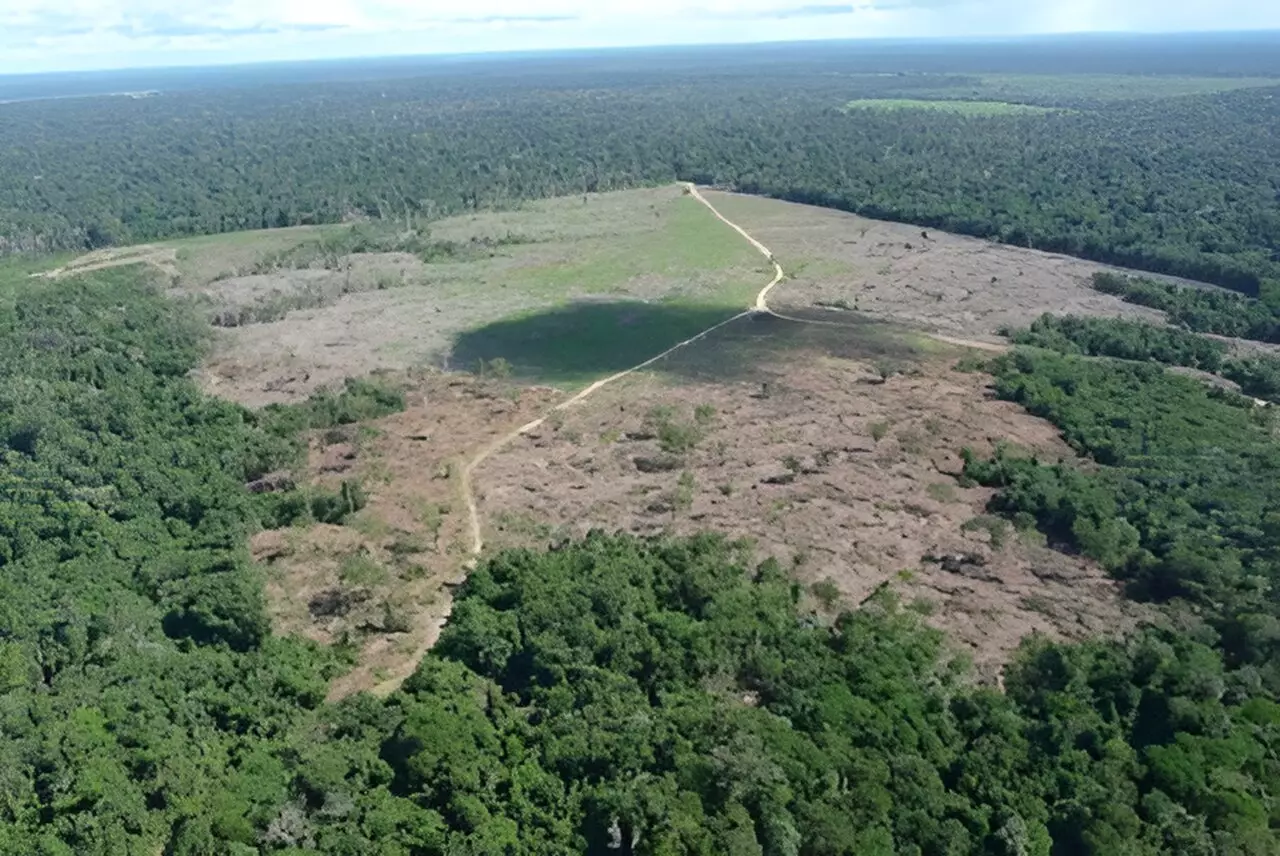The Brazilian Legal Amazonia (BLA) encompasses a vast and ecologically rich area, exceeding 5 million square kilometers. This territory constitutes nearly 60% of Brazil’s total land and is home to diverse ecosystems, including the Amazon Rainforest and the Cerrado biome. Despite its immense ecological value, BLA is confronted with alarming deforestation rates and land degradation. Around 23% of this territory has suffered deforestation, with over 1 million square kilometers now classified as degraded. The severity of the situation raises concerns of a possible ecological collapse, leading to significant greenhouse gas emissions and long-term environmental consequences.
As regions within BLA continue to be transformed into net carbon emitters—particularly those on the peripheries of the Cerrado and the notorious “Deforestation Arc”—the importance of conservation initiatives has never been clearer. The loss of virgin forest areas not only threatens biodiversity but also exacerbates global climate change due to the massive release of stored carbon. While international stakeholders are increasingly acknowledging the ecological plight of this region, it is essential to evaluate the underlying drivers of deforestation for effective restoration efforts.
Controversially, the prevailing view often attributes deforestation primarily to foreign demand for Brazilian commodities. However, recent research led by economist Eduardo Haddad suggests that domestic markets wield even more influence over deforestation patterns. In a pivotal study published in *Nature Sustainability*, Haddad and his team found that 83.17% of deforestation can be traced back to external demand, while a significant proportion—59.68%—originates from within Brazil itself. This critical insight reframes the narrative surrounding deforestation, shifting the focus from a solely supply-side analysis to a broader understanding of demand influences.
Economic Influence and Methodological Insights
Haddad’s research utilized a sophisticated input-output matrix model originally developed by economist Wassily Leontief. This framework allowed the team to explore the interconnections between various economic sectors and how changes in demand directly influence deforestation activities. Due to limited temporal updates in Brazil’s economic modeling, the study relied on a 2015 input-output matrix. Interestingly, despite economic stagnation over the subsequent years, the fundamental structure of the economy has remained relatively unchanged, affirming the model’s relevance.
A staggering transformation in agricultural practices has occurred within the Brazilian economy over the last fifty years. Soybean production surged from a mere 200 metric tons in 1974 to a remarkable 50 million metric tons in 2022, making up over 40% of Brazil’s total production. Concurrently, livestock numbers have skyrocketed, evolving from 8.9 million cattle to over 104 million in the same timeframe.
The overwhelming demand for beef and dairy products, largely driven by urbanization and rising disposable incomes, has directly fueled this expansion in cattle ranching. According to Haddad’s analysis, 61.63% of deforestation for cattle grazing has been linked back to domestic consumption patterns, a clear indicator of how internal demand significantly impacts environmental degradation.
Deforestation dynamics display varying patterns depending on the type of agricultural practice. Wheat and soybean cultivation primarily serve export markets, demonstrating a stronger international demand influence, as nearly 58.38% of deforestation in this category correlates with export activities. Conversely, cattle ranching, predominantly linked to local demand, illustrates the intricacies of the demand-supply relationship within Brazil.
The geographical concentration of deforestation within BLA, especially in regions where cattle ranching is most prevalent, has stark implications. With cattle ranching responsible for approximately 93.4% of deforestation in this region, alongside significant contributions from crop agriculture and mining, policymakers must strategically navigate the social and economic dimensions fuelling this crisis. Notably, illegal land appropriation—such as grilagem—further complicates this issue.
Implications for Policymaking and Sustainable Practices
The findings of Haddad’s research underline the urgency for policies aimed at mitigating deforestation by addressing both domestic consumption and export demand. As the primary economic regions of Brazil exert undue pressure on the Amazon environment, actions must prioritize sustainable practices that balance economic development with ecological preservation.
Mitigating the impact of cattle ranching, monoculture farming, and illegal land encroachment must be at the forefront of Brazil’s climate strategies. The current trajectory not only jeopardizes biodiversity but also undermines the nation’s ability to meet greenhouse gas reduction targets. Collaborative efforts from both governmental and non-governmental entities are crucial for fostering regeneration and conservation efforts across BLA.
Recognizing the diverse and complex drivers of deforestation in the Brazilian Legal Amazonia is essential for formulating effective, long-term solutions that safeguard this crucial biosphere. Meeting the challenges posed by agricultural expansion and illicit land use will require innovative strategies that encompass local needs and global responsibility. As the world looks toward sustainable development, the preservation of the Amazon holds not just regional significance, but global importance.


Leave a Reply